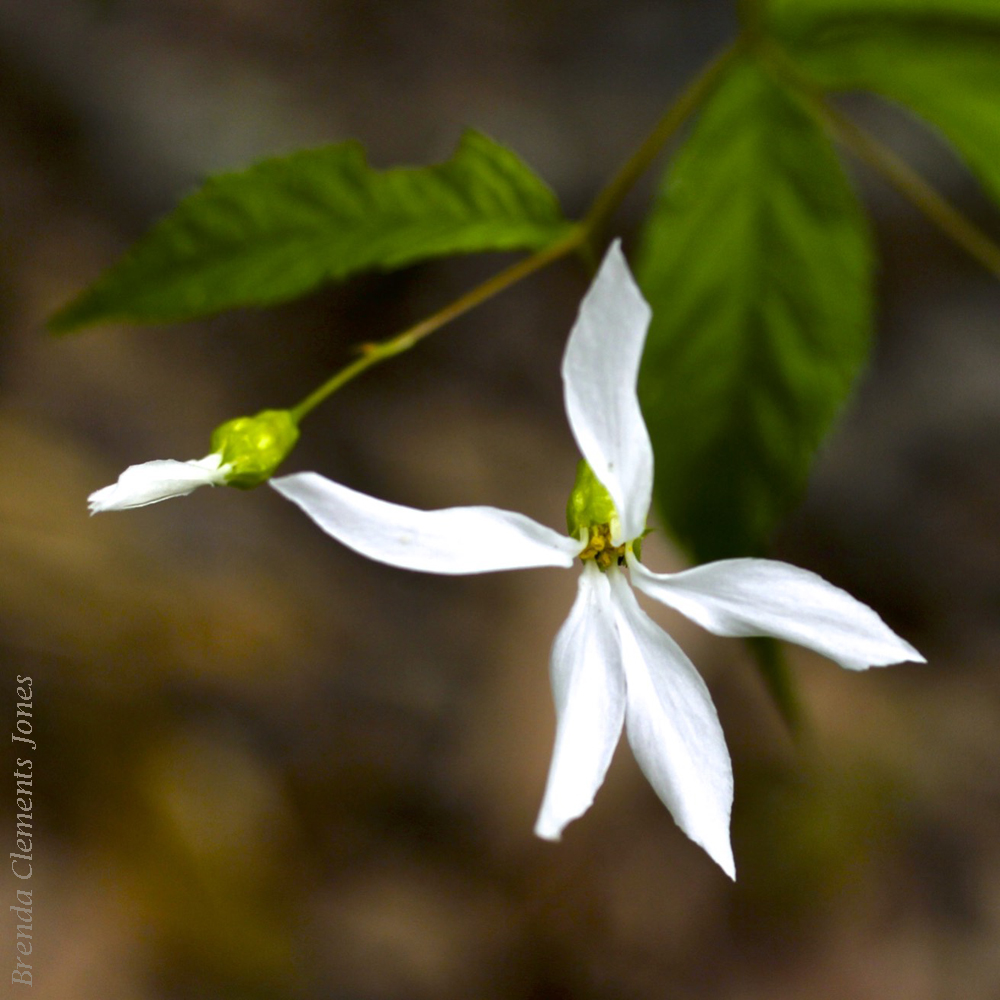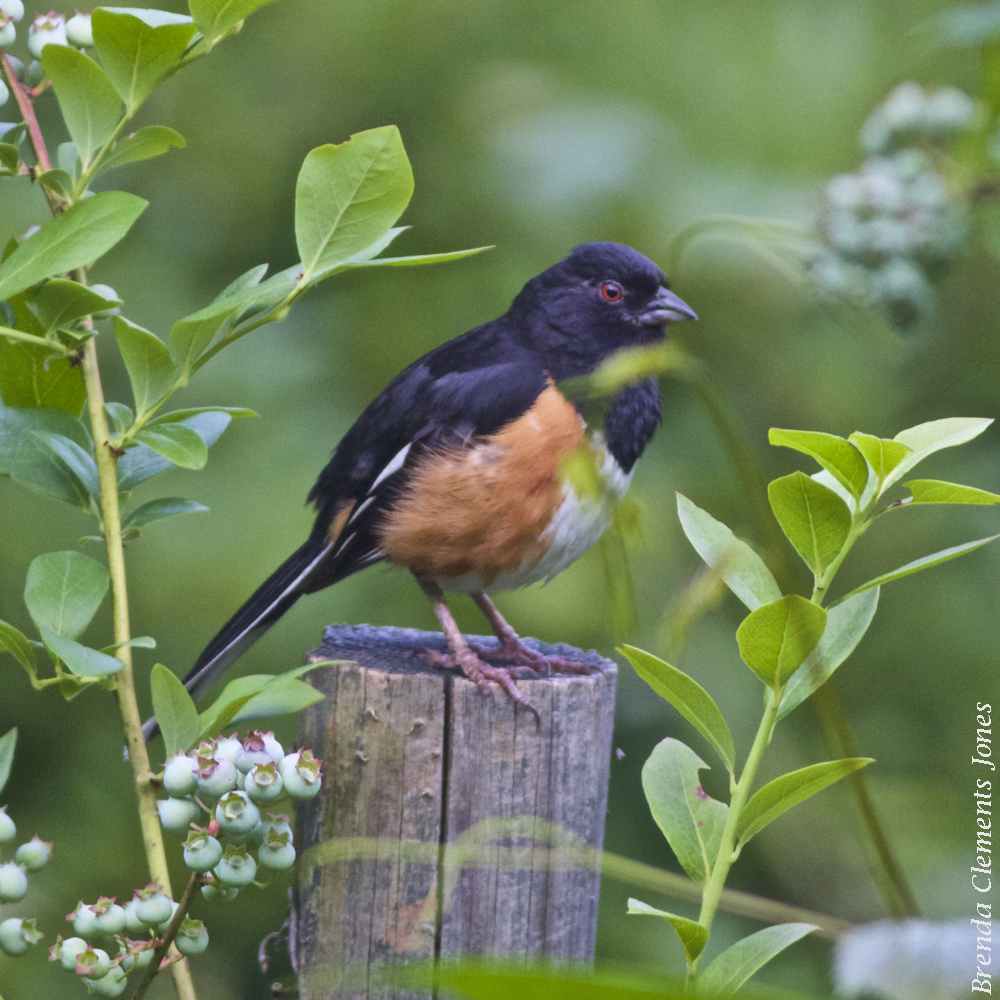-
A Violet That’s Yellow

“Normal is not something to aspire to, it’s something to get away from.” – Jodie Foster. Downy Yellow Violet (Viola pubescens). A violet that chooses to be yellow rather than the normal purple. It can be found in the eastern and northeastern United States, and southwestern Canada. The flowers are pollinated by bees, flies and…
-
Blackhaw in Bloom

Blackhaw (Viburnum prunifolium) in bloom in the woods now. Its nectar and pollen attracting both bees and flies. Caterpillars of the Spring/Summer Azure Butterfly feed on buds and flowers of Blackhaw while later instars of Baltimore Checkerspot will occasionally nibble on the leaves. Lovely to see this small tree/or shrub blooming in its native eastern…
-
Trumpet Honeysuckle Blooms
Much to the delight of the Ruby-throated Hummingbirds, the Trumpet Honeysuckle (Lonicera sempervirens), has started to bloom. It seems designed specifically to the needs of hummingbirds with its long, tubular red-orange flowers. Trumpet Honeysuckle is native to the eastern United States including East Texas and Oklahoma. It’s adding some lovely color to my yard. And much like…
-
Indigo Bunting Sighting

The world of birds has just become a bit brighter, at least here around my cabin. I’ve just spotted an Indigo Bunting (Passerina cyanea) out at the suet feeder. During the breeding season these brilliant blue birds settle into areas from southern Canada to northern Florida. If you’d like to tempt them to come to…
-
Bowman’s Root

Bowman’s Root (Gillenia trifoliata) is a herbaceous perennial that grows to 2-3′ tall. It’s native to eastern North America from Ontario to Georgia. Bowman’s Root is found up here in the mountains along the trails. It’s fun to find blooms with their five-pointed flappy star-like flowers. Right now the bushes are not in bloom, although…
-
Much Sought After

Late April into very early May is when Morels, in the Morchella genus, are in the woods up here, waiting to be found. As if the Easter Bunny had placed them to be found. Rain helps them sprout up through the soil. Though edible, Morel consumption needs to be approached with caution. They contain a…
-
Dwarf Crested Iris
In bloom right now. Dwarf Crested Iris (Iris cristata) is a striking beauty in miniature form, growing to just 4 to 6 inches tall. It’s native to the eastern United States. The flowers attract hummingbirds, butterflies and bees.
-
Watching The Blueberry Crop

Eastern Towhee (Pipilo erythrophthalmus) Eastern Towhees are here in the mountains of central Virginia year round. Their diet is primarily insects, seeds and berries and during the summer they tend, of course, to eat more insects. True bugs, beetles, ants, caterpillars, moths, millipedes, spiders and snails are all on the menu. But there’s something special…
-
Mountain Stonecrop

Mountain Stonecrop (Sedum ternatum) “Once established, this prostrate, spreading ground cover needs little, if any, maintenance.” — Lady Bird Johnson Wildflower Center. Now that is my kind of plant. A native to much of the eastern United States. As you can see, its flowers are star-like with four points. The leaves are arranged in whorls…

